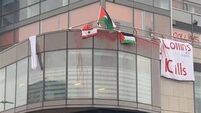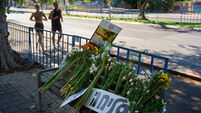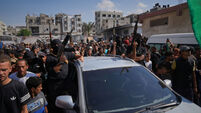Dorcha Lee: Implementation of Gaza ceasefire deal gets off to shaky start
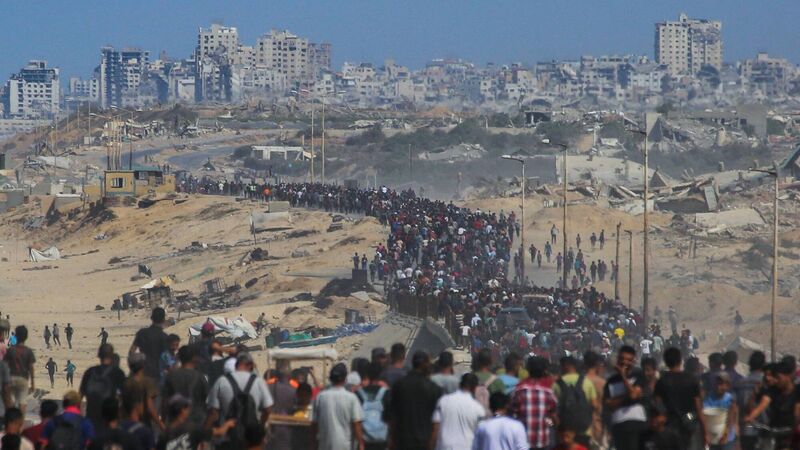
Palestinians walk along Al-Rashid road toward Gaza City from Nuseirat in the central Gaza Strip after the declaration of the ceasefire. Picture: Bashar Taleb/AFP via Getty
For a ceasefire to be successfully implemented, the first step is to suspend all offensive operations, the second step is to effect the biggest possible separation of forces, and the third step is to stabilise the security situation, ideally with multinational impartial peacekeeping forces.
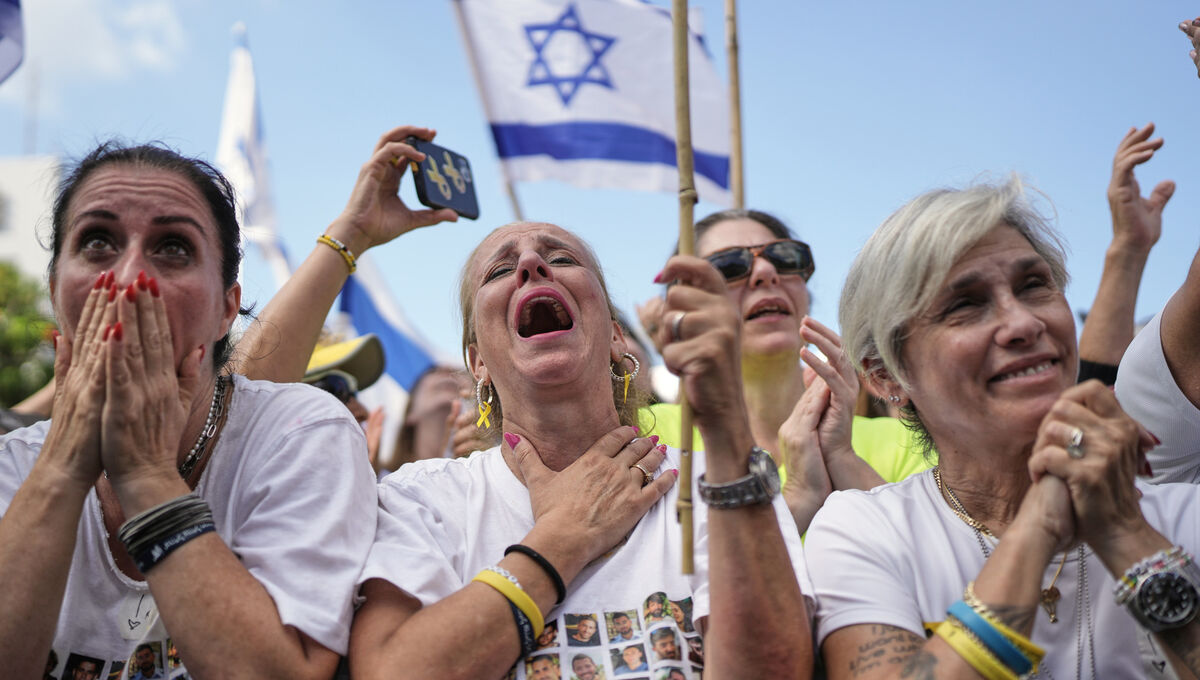
What is unclear is whether the tunnel system under Gaza City has still got access to the other tunnel systems, mainly leading south. If so, Hamas may have moved out or just relocated elsewhere in the strip.
- Dorcha Lee is a retired army colonel and defence analyst.




